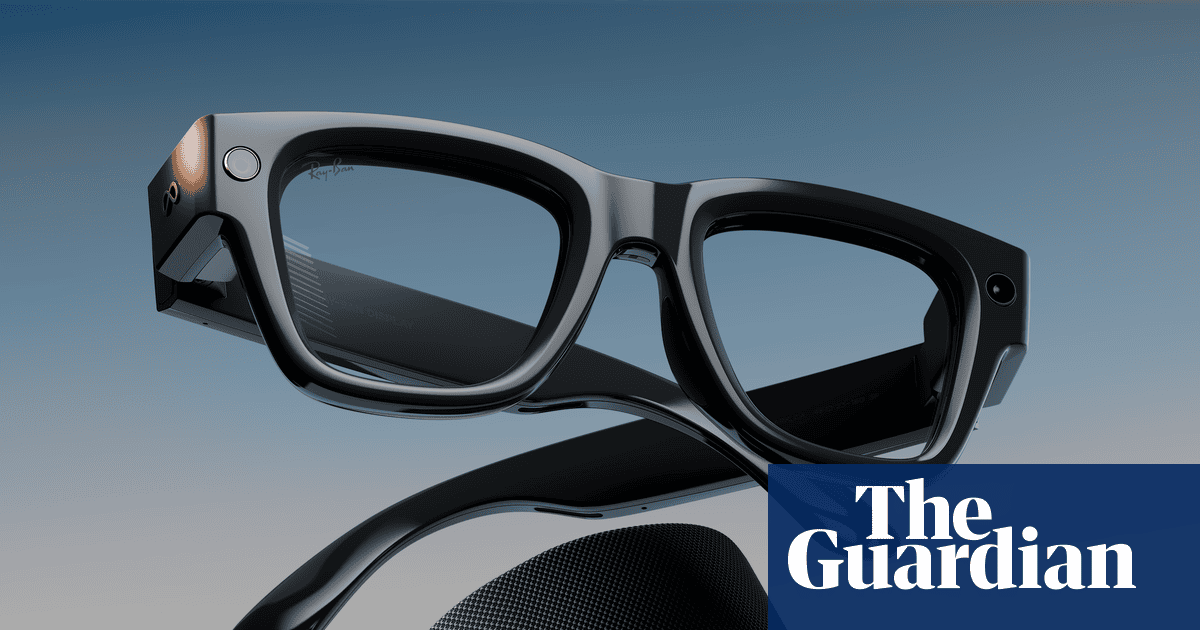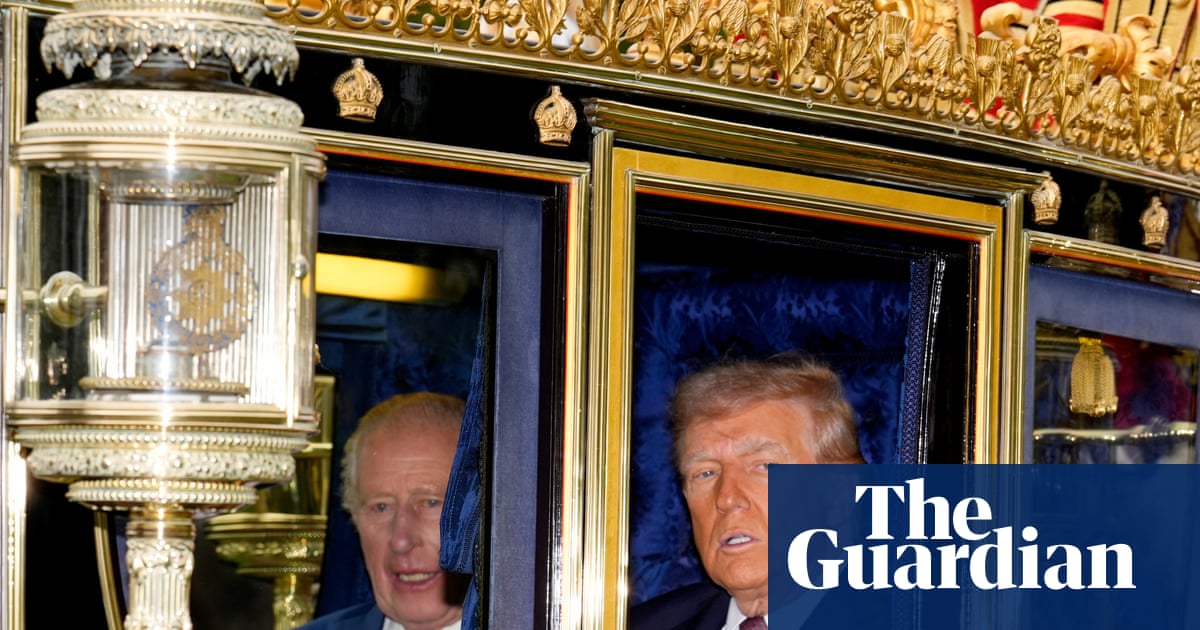A forensic scientist was able to produce a full DNA profile for the suspected murderer of a woman who died in 1967 after examining her skirt and hair that had been kept in police storage for almost 60 years, a jury has been told.
Andrew Parry told the court there was “strong scientific evidence” to link the skirt Louisa Dunne was wearing when she was found and hair police took from her body with 92-year-old Ryland Headley, who is on trial for her rape and murder.
Bristol crown court has heard that 75-year-old Dunne was attacked at her home in the Easton area of the city in late June of 1967.
The prosecution has claimed that breakthroughs in forensic science meant a link had been made between the scene and Headley, who moved from Bristol to Ipswich shortly after the crime. Headley denies rape and murder.
Parry, who works for Cellmark Forensic Services, told the court on Wednesday that last year he was provided with items including the blue skirt and hairs taken from Dunne at the time of her death. He was also given a recent sample taken from the inside of Headley’s cheek.
He said he began by carrying out a test on the skirt to detect acid phosphatase (AP), which can indicate the presence of sperm. There was a “very weak” reaction on the front of the garment, but no sperm was found there.
Parry then cut out a piece of material from the back of the skirt, where he found “numerous” sperm cells. The scientist told the court that AP is a protein that can degrade over time, whereas sperm could remain on clothing for “many years”. A “full” DNA profile was obtained.
Parry was also provided with two jars containing samples of Dunne’s hair taken from the scene. He found traces of sperm on the hairs in one jar that provided a full DNA profile, while hairs in the second led to a “partial profile”, he said.
The court was told the “match ratio” between the profiles for the samples found on the skirt and hair from the first jar and the cheek swab from Headley meant it was “a billion times more likely to be Headley’s DNA than that of someone else”.
Parry told the court: “There is strong scientific evidence to support the assertion that the sperm cells detected on Louisa Dunne’s skirt and the hair samples originated from Mr Headley.”
The jury has heard how in 1967 police gathered items from the scene and when an Avon and Somerset cold case detective, Jo Marks, looked at the boxes of potential evidence in 2009 – 42 years later – objects ranging from Dunne’s clothes to cigarette ends found at the scene and mortar from the garden wall were still there.
Marks told the court she would not have touched the clothes because she knew to do so would risk contamination.
Headley’s barrister, Jeremy Benson KC, asked her about a note she made that the “blue skirt from the body” was not sealed. Benson asked if it was fair to say that it was in a bag but not sealed. She replied: “I can only assume so, yes.”
The trial continues.

 3 months ago
49
3 months ago
49

















































